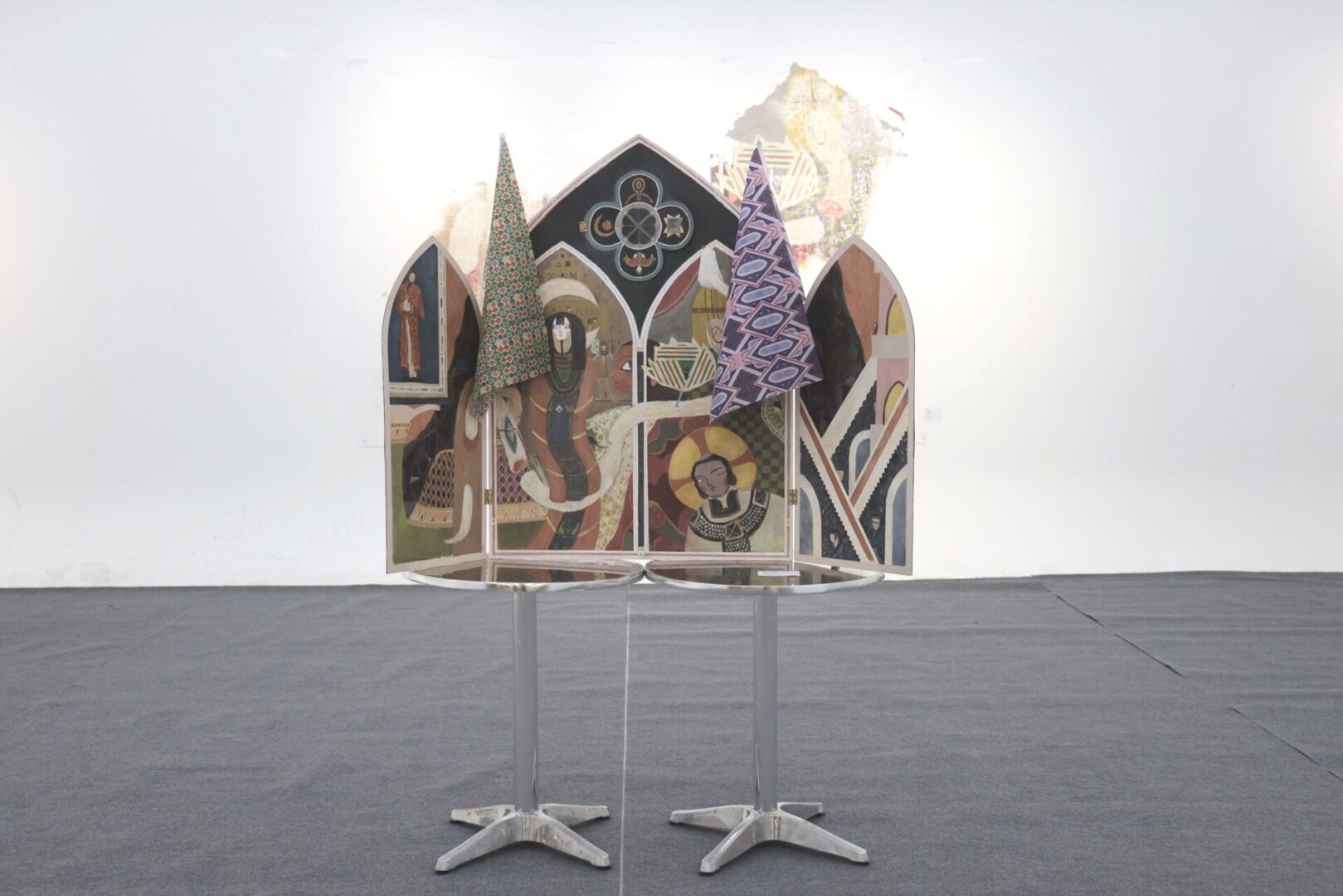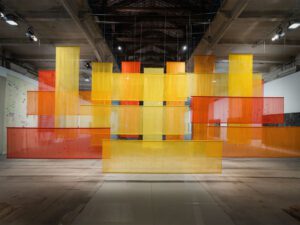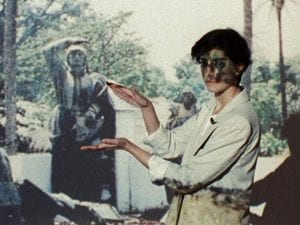Zorg (Yifan Jing) (b. 1998) is a London-based visual artist whose practice is grounded in field research. A graduate in illustration from Goldsmiths, University of London, he investigates the intersections of migration, cultural symbolism and collective memory. His work has been exhibited internationally – in New York, Paris, Tbilisi, Las Vegas, Shanghai and London – in shows that highlight his ongoing engagement with communities and the ways in which environments shape, and are shaped by, the people who inhabit them.
A major work to highlight is Clover (2024). This intricately designed, multi-paned window sculpture is the result of long-term research in a diverse area of East London, home to communities with Asian, Arab, African and European heritage. “As residents arrived from different parts of the world, they brought with them their own visual symbols, totems and decorative languages,” the artist explains. “Over time, these elements have been continually reassembled, hybridised and reinterpreted within the shared space – resulting in a distinct visual language specific to the community.” Zorg met with local residents and listened closely to their stories, learning about Buddhism, ancient Egyptian mythology, and Christian and Catholic traditions. He observed how these influences have shaped the visual fabric of the neighbourhood, appearing across shopfronts, signage and everyday decoration. All of this informed the final design for Clover – a multi-layered sculptural window in which these motifs are deconstructed and reassembled.
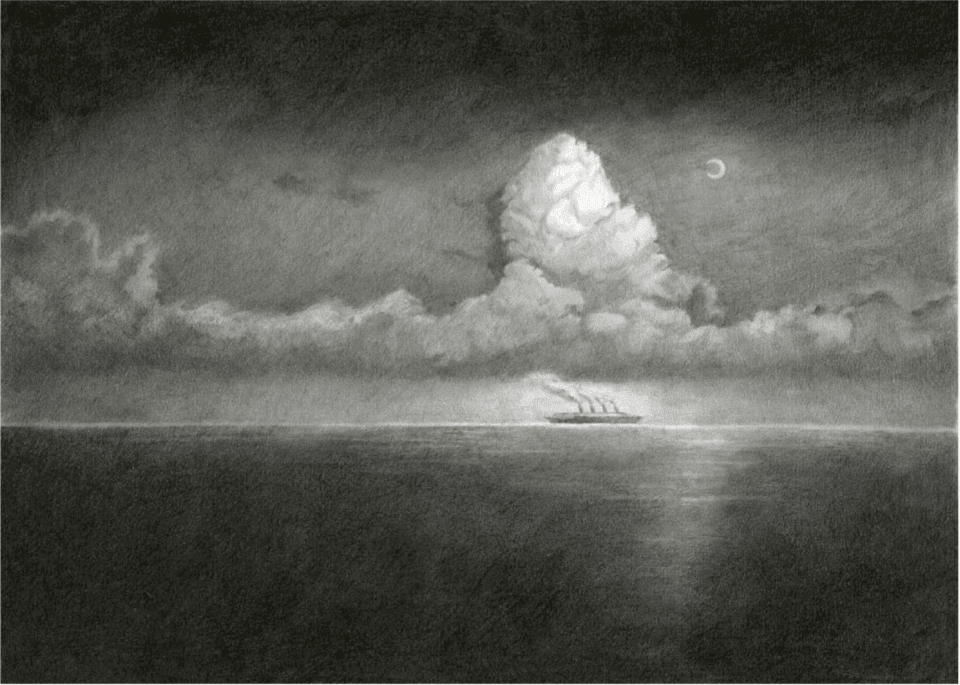
The piece celebrates cross-cultural exchange and the importance of shared understanding, and here, Zorg joins established art world names like Yinka Shonibare, whose iconic The British Library – described as a “tribute to UK diversity” by The Guardian – celebrates thousands of first or second-generation immigrants who have contributed to British culture. There are also parallels with Osman Yousefzada, known for engaging with migration, identity and community. He describes himself as “a product of multicultural England,” and his work was recently part of the countdown to Bradford 2025 UK City of Culture.
Migration Plan (2023) is another research-driven project by Zorg. This time, the artist traces the southward route of Asian elephants in Yunnan, southwestern China. He spent time with local communities, following paths carved by elephant movement across farmland, cities and national borders. Along the way, he encountered villages displaced by migrating herds, re-zoned fields, emergency shelters and satellite systems that turn elephants into visualised, trackable “subjects.” The outcome is a series of quiet, considered pencil drawings that document this journey. They are shown alongside materials drawn from state archives – thermal imagery and photographs that record the relocation and trade of animals. Together, these elements set up a tension between nature and humanity, freedom and control. The project addresses not only animal species under geopolitical pressure but also the wider human experiences of displacement under modern state governance, capitalist extraction and ecological crisis.
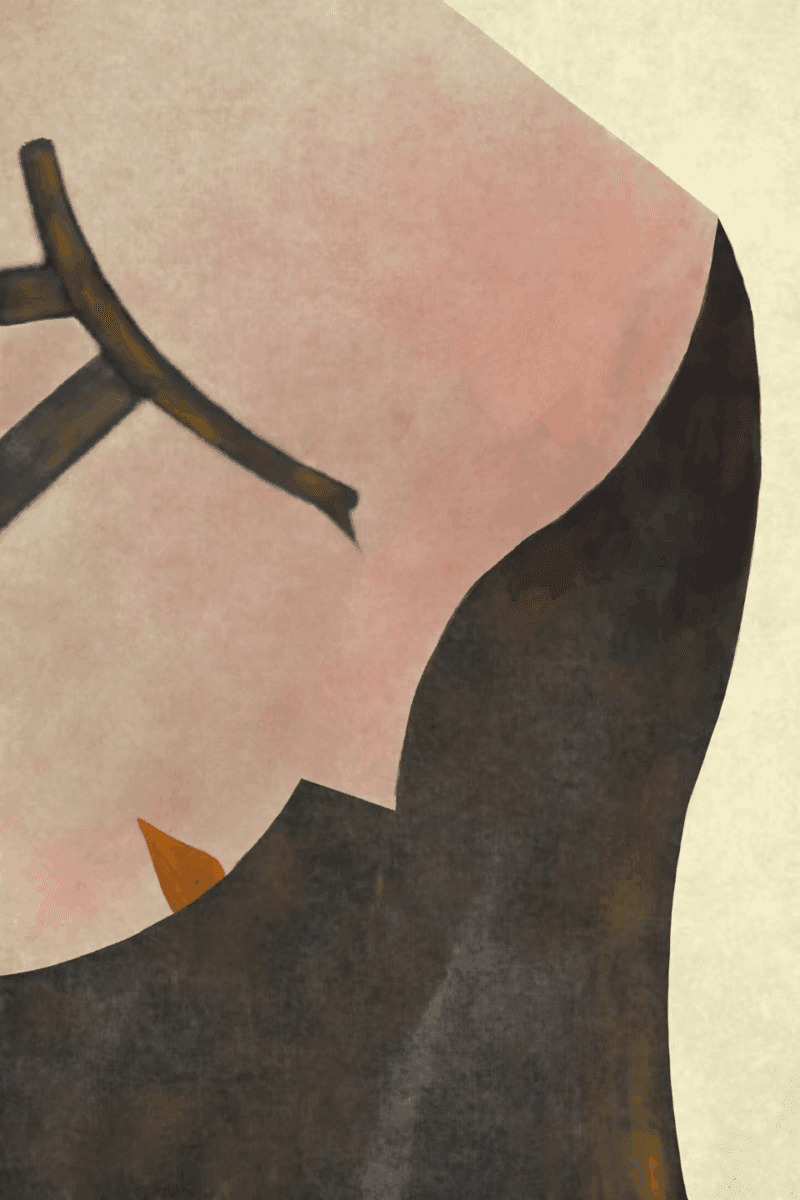
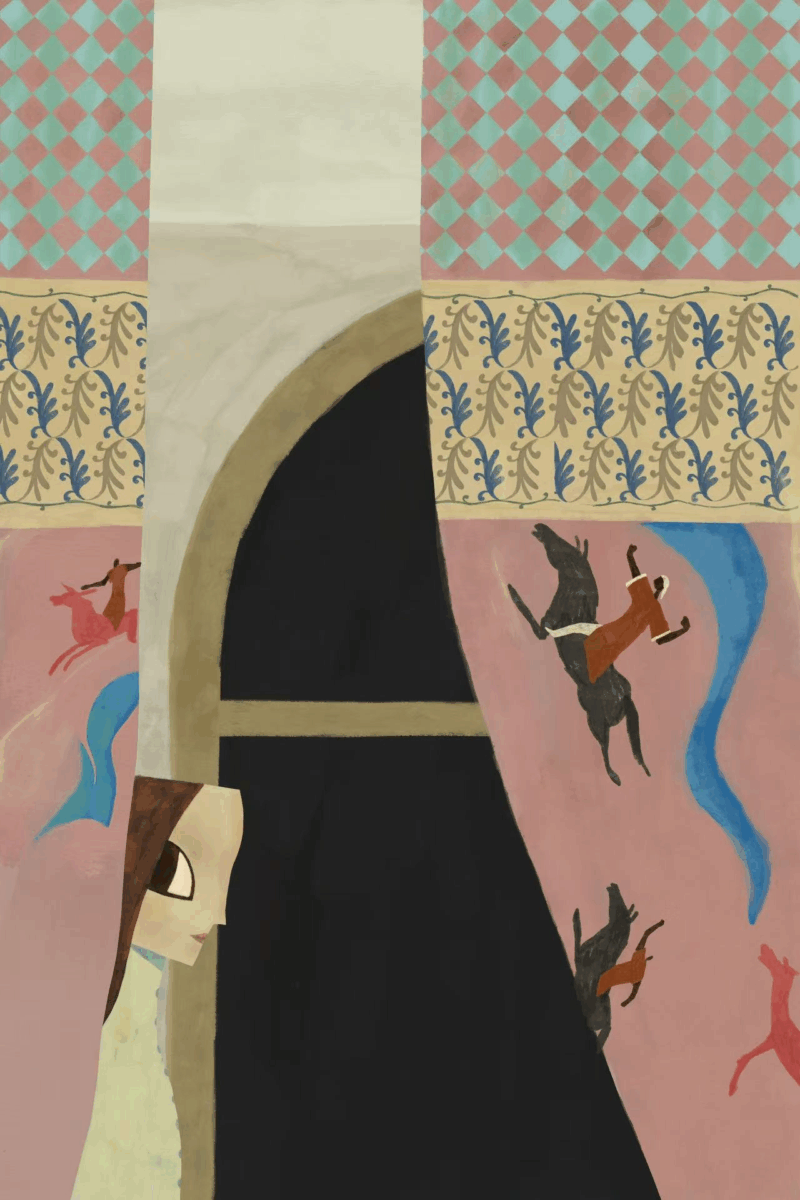
The migrant experience is also central to A Dancer on the Train (2024), an animated short film following a lone figure on a train that never arrives. The work acts as a powerful metaphor: as the character performs repetitive, rhythmic tasks – turning pages, adjusting curtains, watching the passing scenery – the landscape outside shifts and flows “like a stream of consciousness.” Beyond the window, fragmented visual motifs drawn from Zorg’s fieldwork in East London appear: “South Asian kitchens in Forest Gate, geometric Islamic curtains in Whitechapel, the blue glow of gospel churches in Barking, and sailboats drawn from migrant oral memory.” A single protagonist also appears in Zorg’s recent illustration series Anboo (2024), which foregrounds a character of ambiguous identity with no defined species, background or personality.
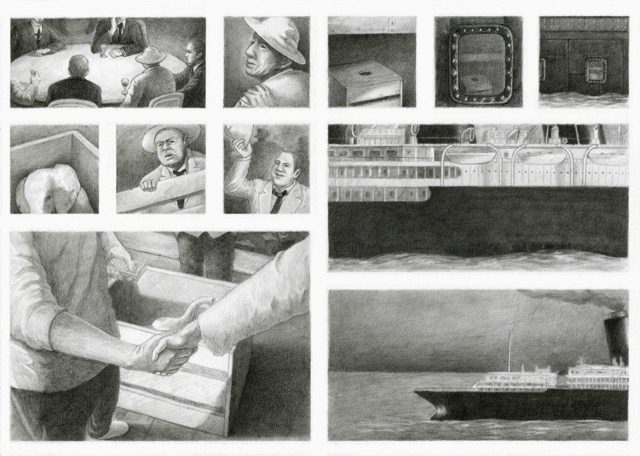
Attentive listening, meticulous observation and inventive recomposition are the hallmarks of Zorg’s practice. Whether tracing the cultural symbols across East London, following the journeys of animals through contested landscapes, or imagining characters untethered from fixed identities, his work illuminates the intricate networks of migration, memory and connection that underpin our world.
Words: Eleanor Sutherland
Image Credits:
1. Zorg (Yifan Jing), Clover, Luan Gallery, Beijing, (2024).
2. Zorg (Yifan Jing), Fade Away, (2023),
3. Zorg (Yifan Jing), Ganying, (2025).
4. Zorg (Yifan Jing), Ganying, (2025).
5. Zorg (Yifan Jing), Migration Plan, (2023).


